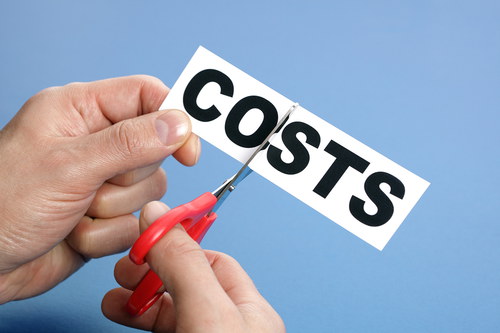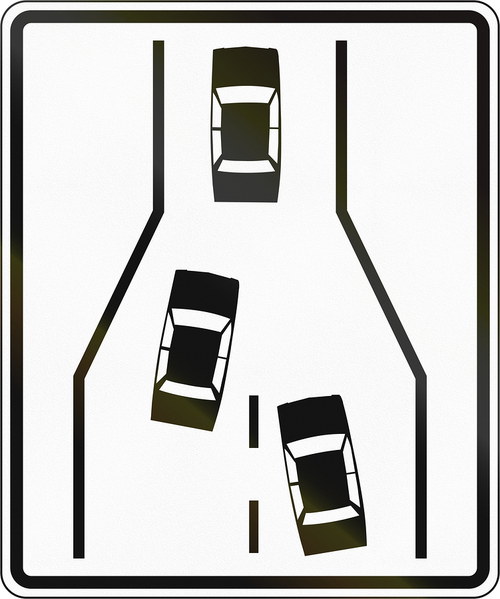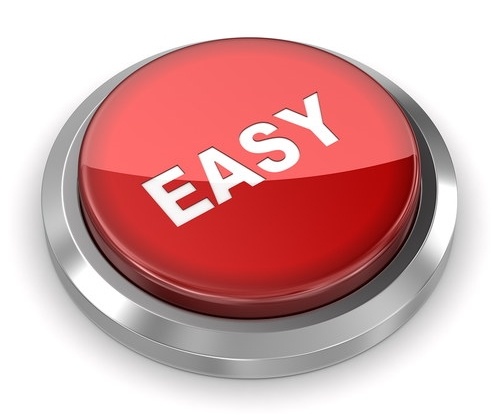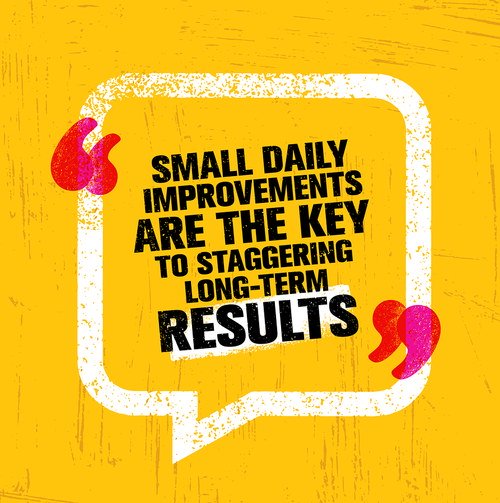Every dollar you save through cost reduction—one of the primary purposes of your business systems—is far more valuable than the dollars that come from sales. In tough times, cost-cutting can preserve your bottom-line profit when your top-line sales are struggling. Let me explain.
A sales dollar is reduced by commissions and other sales costs, the actual expense of the product or service you are selling, and even administrative or overhead costs. In fact, a net profit is all that remains. For example, if you sell a $100 product, and you have an 8% net profit margin, that $100 sale will eventually put eight dollars in your pocket.
On the other hand, if you save $100, THE ENTIRE AMOUNT GOES STRAIGHT TO YOUR BOTTOM LINE. YOU GET TO KEEP IT ALL!

Sales Equivalency
Another way to look at this is to calculate the “sales equivalency” of your dollars saved. If your company has an 8% net profit, and you save $100, it has the same effect on earnings as $1250 in sales. The formula for calculating sales equivalency is as follows:
Amount of Savings ÷ Profit Margin = Sales Equivalent
($100 ÷ .08 = $1250)
What is the sales equivalent of a $100 saved in your company?
Here are a few examples of eye-opening sales equivalents from our company with an 8% profit margin.
- A tweak to a telephone system saving $50 per month is equal to $7500 in annual sales.
- Preventing $1000 of lost, damaged, or obsolete inventory in a year produces the same financial result as $12,500 in new sales.
- An annual saving of $5000 by finding a better supplier of materials or products, reducing freight cost, taking advantage of purchase discounts, and so forth, is worth $62,500 in sales.
- An improved business system or process that can perform a task with one less employee earning $25,000 per year and no benefits is equal to $312,500 in sales. YES, THREE-HUNDRED AND TWELVE THOUSAND, FIVE- HUNDRED DOLLARS!
Impact on Profit
Here’s another fact: The average small business has at least 3% waste or excess cost within its operations and often times much more. In our example of the business with 8% profit margin, 3% of waste equals 37.5% of lost profit (.03 ÷ .08). Remember: All waste comes straight off the bottom line!
Improving the quality and efficiency of your business operation—its systems and processes—is the gift that keeps on giving. The payoff continues year after year. In good times and bad, it’s always the right time to be cost-conscious!
What’s one way you could reduce costs today? Now, go do it!

















